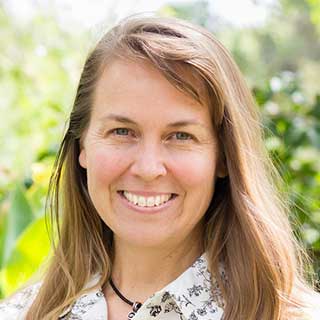Module 1:
Introduction to Antigens/Self and non-self recognition
This module is an introduction to key concepts of immunity and the associated scientific nomenclature that comes with this difficult topic. Learning about the ABO blood groups will provide insight into the scientific application of the antigenic response. This module is expected to take up 1-2 hours of class time.
Summary
VCE Biology(2017-2021)
Unit 3, Area of Study 2, Outcome 2, VCE Biology Study Design
Key knowledge:
Responding to antigens
- an antigen as a unique molecule or part of a molecule that initiates an immune response including the distinction between non-self antigens, self-antigens and allergens
Duration

Student learning outcomes
Upon completion of this module students will:
- state and explain the definitions of antigens and allergens
- describe and explain of the ABO blood groups in terms of antigens and antibodies
- explain the benefits and technical issues confronting scientists in the formulation of artificial blood for transfusion
Teacher background information
Resources
Video
Self vs. non-self immunity (14:28)
This video gives a detailed description of how B-cells and T-cells distinguish between self and non-self. It also gives an example of an autoimmune disease towards the end of the clip.
Web page
Allergens
This is a definition of allergen explained well with diagrams from Bioninja.
Web page
ABO and RhD
This page is from the Australian Red Cross Blood Service showing blood group inheritance.
Video
Blood Types (10:45)
Explains the importance of blood grouping and refers to Punnett squares highlighting inheritance. It also touches on Rh factor in pregnancy.
Web page
Australian Red Cross Blood Service
Blood Bank donor drive page promoting blood donation and why donations are needed.
eBooklet
International Day of Immunology (pdf)
This booklet gives a broad overview of all things immunology. Pages of interest for this first module include page 2, General Immunology, page 5 Transplantation and page 8 Australia, a world leader in immunology.
Article
True Blood: Scientists Plan First Synthetic Blood Transfusion For 2017, A Step Closer To Perpetually Filled Blood Banks (2015)
Health news article on proposed trialling of synthetic blood. The article is dated 2015 meaning that if these trials go ahead, we may see results of this trial in the very near future.
Journal Article
Artificial blood (2008 pdf)
A great article titled Artificial Blood published in 2008.
Journal Article
Artificial Blood- A Game Changer for Future Medicine Where are we Today? (2015 pdf)
Published in the Journal for Blood Disorders and Transfusion in 2015.
Teaching sequence
Activities
Case study/practical
Determining an unknown blood group
In this experiment, simple liquids that mimic blood are used to demonstrate blood typing.
Discussion points
These questions could be used as a basis for a research project, scientific poster or just to promote scientific thinking.
- What is the importance of blood grouping?
- What other laboratory testing needs to be performed prior to transplantation?
- Why are scientists interested in creating blood?
- For artificial or synthetic blood to be successful what properties should it have?
- Why has there been many setbacks with creating blood?
Interactive Website
This site is designed to test AoS 2 Immunology
It has online flash cards, definitions, spelling online test questions and two interactive games.
Next module: Defence Mechanisms
 Contemporary VCE Biology
Contemporary VCE Biology

